I'm working on a Gameplaykit pathfinding proof-of-concept and I can't get GKObstacleGraph to find paths correctly.
In the following code snippet (it should work in an Xcode 7.2 playground), path2 is always an empty array if there is an obstacle provided when the graph is created. If I create the obGraph object with an empty array of obstacles the findPathFromNode returns a correct path.
The obstacle created should be a simple U shaped polygon with the end point being inside the U.
import UIKit
import GameplayKit
let pts = [vector_float2(2,2),
vector_float2(3,2),
vector_float2(3,6),
vector_float2(7,6),
vector_float2(7,2),
vector_float2(8,3),
vector_float2(8,7),
vector_float2(2,7),
vector_float2(2,2)]
let obstacle1 = GKPolygonObstacle(points: UnsafeMutablePointer(pts) ,
count: pts.count)
let obGraph = GKObstacleGraph(obstacles: [obstacle1], bufferRadius: 0)
let startPt = GKGraphNode2D(point: vector_float2(5,9))
let endPt = GKGraphNode2D(point: vector_float2(5,5))
let pt3 = GKGraphNode2D(point: vector_float2(0,0))
let pt4 = GKGraphNode2D(point: vector_float2(0,9))
let pt5 = GKGraphNode2D(point: vector_float2(5,0))
let pt6 = GKGraphNode2D(point: vector_float2(10,0))
obGraph.connectNodeUsingObstacles(startPt)
obGraph.connectNodeUsingObstacles(endPt)
obGraph.connectNodeUsingObstacles(pt3)
obGraph.connectNodeUsingObstacles(pt4)
obGraph.connectNodeUsingObstacles(pt5)
obGraph.connectNodeUsingObstacles(pt6)
startPt.connectedNodes
endPt.connectedNodes
pt3.connectedNodes
let path2 = obGraph.findPathFromNode(startPt, toNode: endPt)
print(path2)

